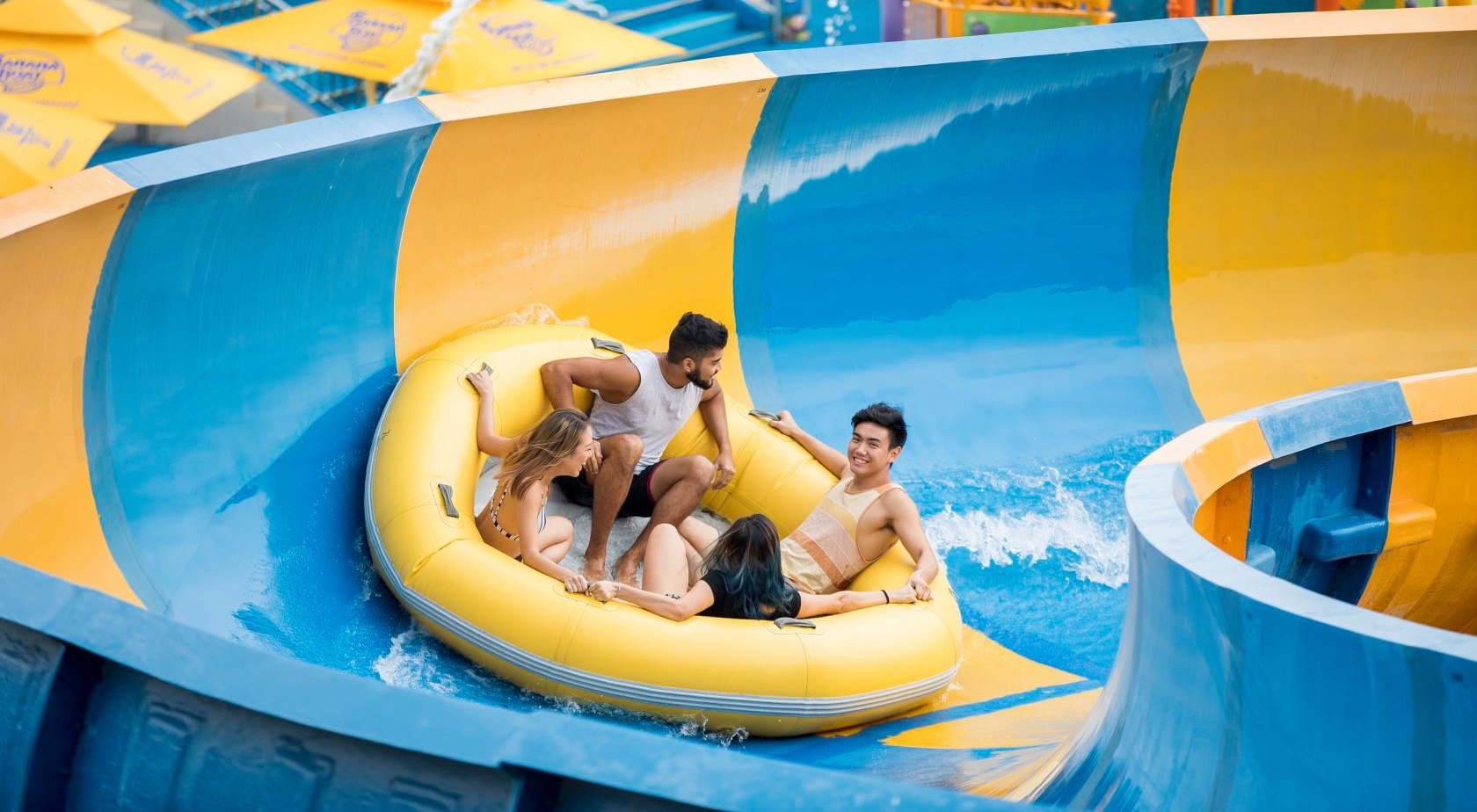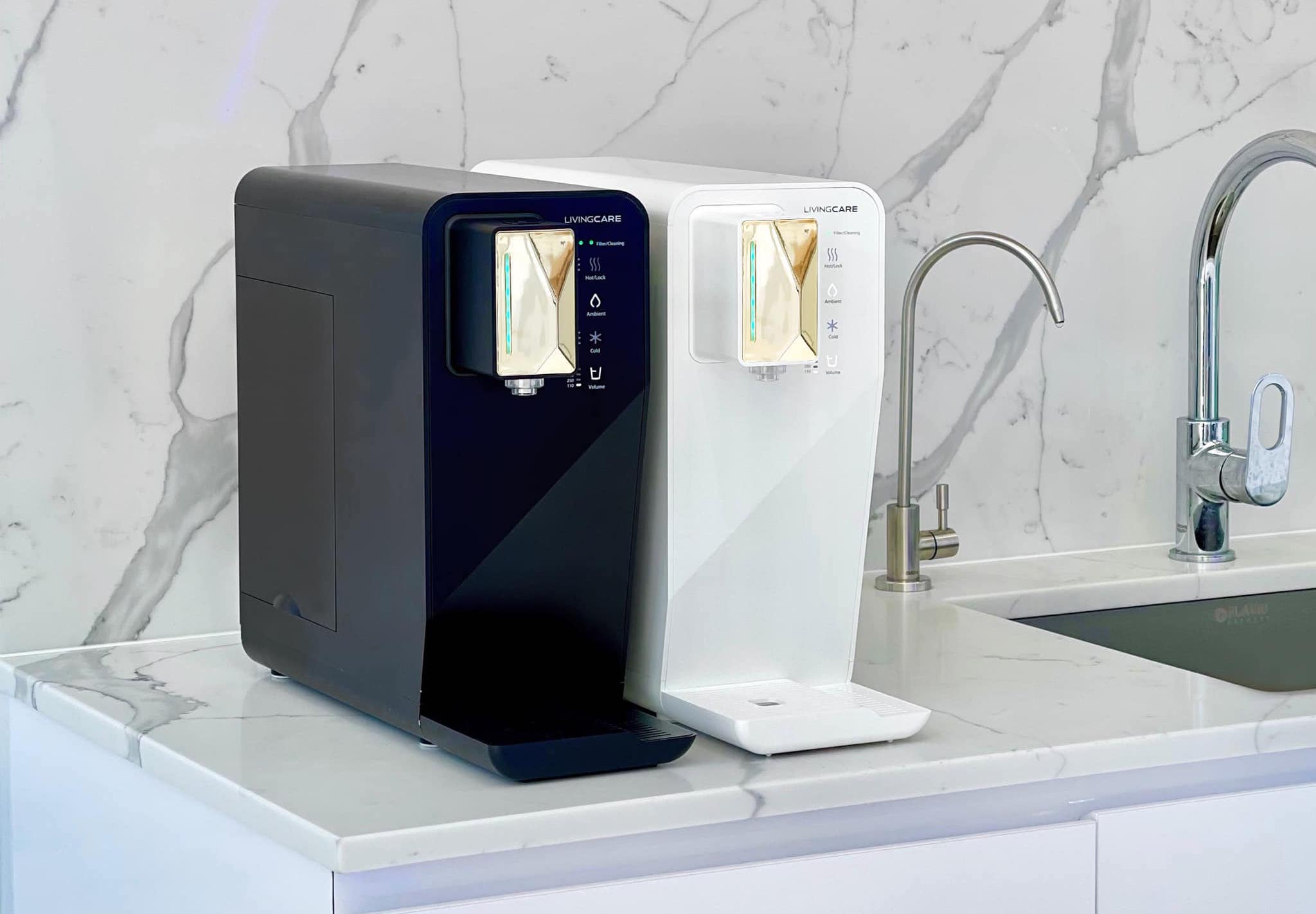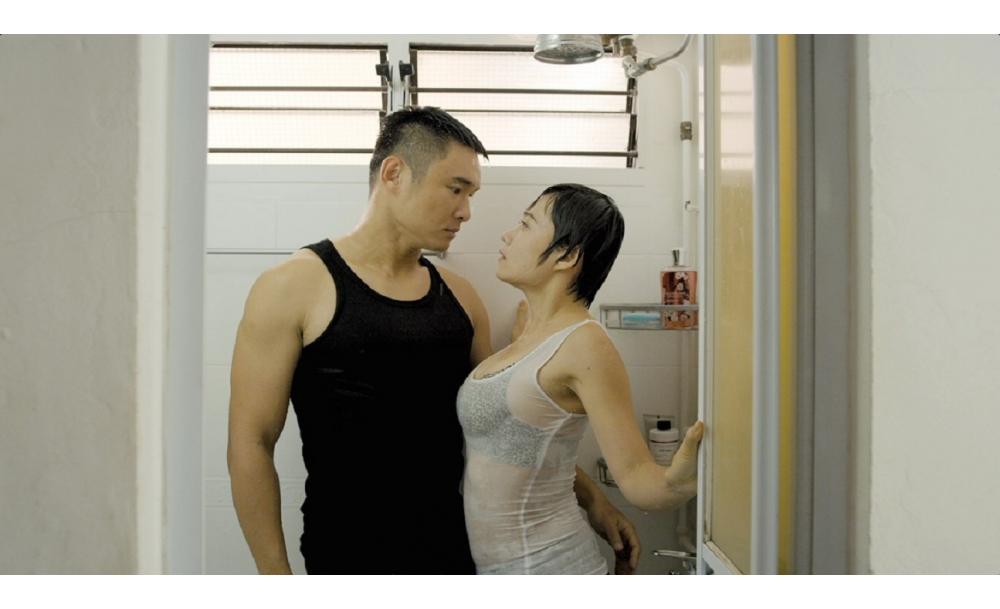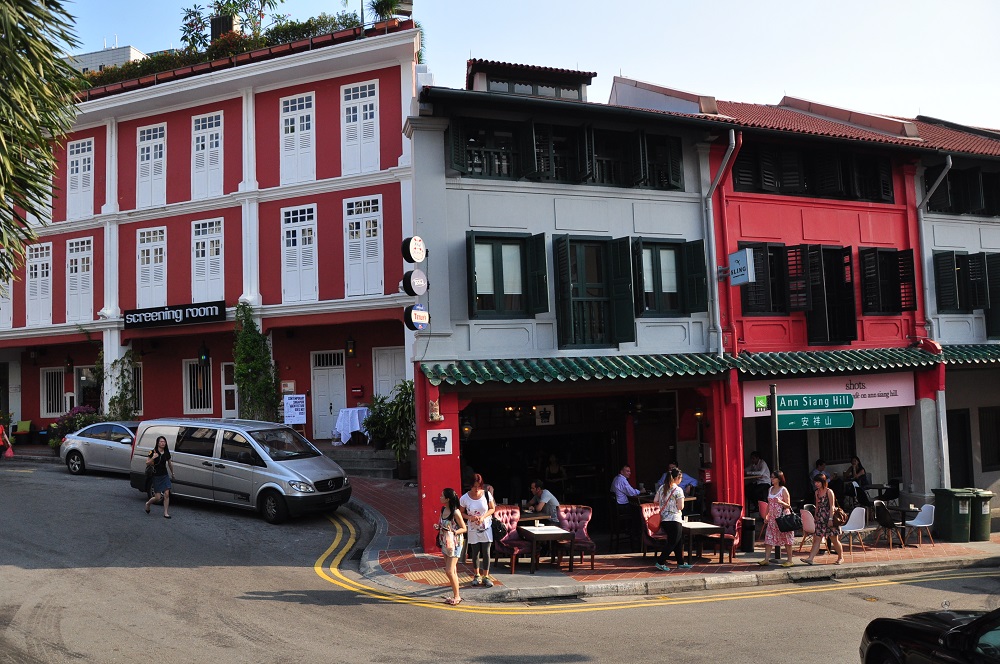Are you pure Peranakan or is only one of your parents Peranakan?
Both my parents are Peranakans, but I have to clarify. In the past, when a Chinese man marries a local woman, they and their children are Peranakans. It is more of how much you live a Peranakan’s lifestyle that matters.
Can you explain why the Peranakan culture has such a great influence on you when it is usually something which older folks are interested in?
When I was 15, I watched a baba play with my father and he was crying throughout the show, but I didn’t understand a word of it. I replayed it and examined the subtitles, jokes, insults, ceremonies, household lifestyles. Eventually, it got me interested in the lifestyles of our forefathers.
What is it about the Peranakan culture that intrigues you?
The Peranakan culture is the fusion between the Chinese culture and the local culture with smacks of European influences. Peranakans were rich and philanthropic. They commissioned works of tea sets, porcelain and beads onto jewelry, and so on. There are amazing pieces of jewelry bearing Chinese culture with Malay influences, tea sets of European designs but with Chinese motifs foisted on them. That’s what intrigues me the most.
What’s your most prized Peranakan possession and why?
A beaded shoe handmade by my mother. We were very poor when I was young and had no antiques in the house until I started buying them. The first item I bought was the sedan chair (senda) and that’s a favorite piece too.
How has introducing the Peranakan heritage and culture among tourists and Singaporeans helped them?
Younger Singaporeans are more aware of their roots and cultures. After touring my home, they trawl through family photographs and some discover that they are actually of Peranakan descent. They understand the intricacies behind the work of the kebaya. The Europeans and the British become aware of how they have influenced the Chinese, and the French are astonished to see their own kind of beads on Peranakan patchwork.
How do you view the future of the Peranakan culture in Singapore?
It has already died out because we don’t live the way we did 200 years ago. But Indians and Chinese also don’t live like they did years ago. The issue is what constitutes a baba or nonya lifestyle. Food will stay, other practices will evolve and customary ancestral worship will die out as more embrace Catholicism and Christianity. It is evolving into a culture of study rather than one that exists, but I don’t feel that that’s a bad thing.





